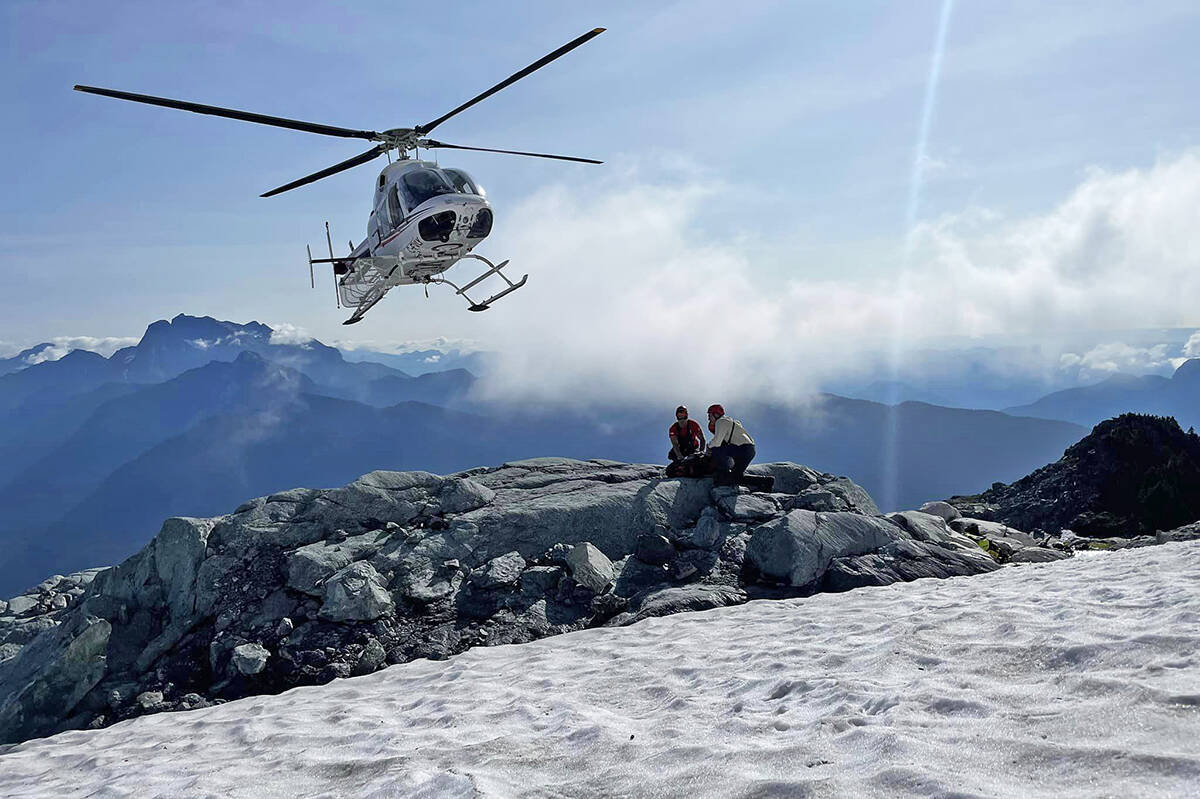B.C. search and rescue teams pulled more than 1,700 people out of precarious situations last year, including about 1,000 people who would have died without the urgent aid.
The association representing the 78 ground SAR groups in the province released its first ever annual report last week, revealing some of the work behind the 440,000 volunteer hours logged in 2022.
Unsurprisingly, the B.C. Search and Rescue Association said about 41 per cent of the 1,510 tasks in 2022 were related to hiking incidents. Another 11 per cent were to do with biking, eight per cent to do with driving, seven per cent to do with sledding and seven per cent to do with skiing. Other recreational activities caused the remaining 26 per cent of incidents.
BCSARA said not all of their calls have to do with people getting injured or lost in the outdoors, though. Local teams also help with urban searches for people with dementia and going door to door during evacuation orders, among other things.
The busiest time of the year is the summer, when teams receive 39 per cent of annual calls. The remainder of rescues are dispersed fairly evenly between the other seasons.
In 2022, teams rescued 1,758 people. BCSARA said 12 per cent of them would otherwise have quickly died and another 43 per cent wouldn’t have survived long on their own. Teams also saved 49 dogs, found 94 bodies and had to suspend the search for 71 missing people.
SAR teams are made up of volunteers, all of whom have first-aid certifications and many of whom are trained in additional skill sets. About half of members can perform avalanche rescues and helicopter hover exits. Around a third know how to save someone in swift water, 10 per cent can conduct a rescue on flat ice, 10 per cent are trained in tracking and two per cent can conduct helicopter rescues at night.
SAR members aren’t paid for their training or rescue time, but the province does fund the operations themselves. That government funding has fluctuated over the years, with the province only agreeing to a set annual contribution of $6 million in 2022. BCSARA estimates their actual costs at about $11.4 million.
The association said it’s expecting the number of annual incidents to reach 2,500 by 2037.
READ ALSO: Record breaking number of search and rescues in Central Okanagan

